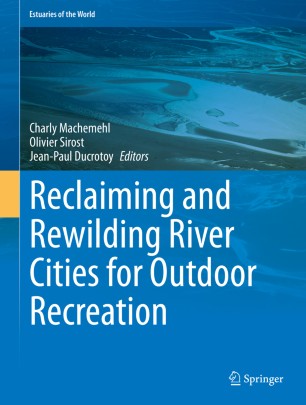

Most ebook files are in PDF format, so you can easily read them using various software such as Foxit Reader or directly on the Google Chrome browser.
Some ebook files are released by publishers in other formats such as .awz, .mobi, .epub, .fb2, etc. You may need to install specific software to read these formats on mobile/PC, such as Calibre.
Please read the tutorial at this link. https://ebooknice.com/page/post?id=faq
We offer FREE conversion to the popular formats you request; however, this may take some time. Therefore, right after payment, please email us, and we will try to provide the service as quickly as possible.
For some exceptional file formats or broken links (if any), please refrain from opening any disputes. Instead, email us first, and we will try to assist within a maximum of 6 hours.
EbookNice Team

Status:
Available0.0
0 reviewsThe introduction of sports and recreational facilities into natural environments calls for reflection on their impact on fragile ecosystems. This book is unique in providing an interdisciplinary approach to the ecological restoration of urban and industrial degraded habitats and their use by nearby city-dwellers. For the first time ecologists, sociologists and anthropologists have worked together on particularly sensitive ecosystems such as rivers and estuaries to propose recovery strategies that allow their basic ecological functions to be restored, and which can benefit local populations through nature activities.
Nonetheless, the use of natural spaces calls for the building of sustainable towns. This is why this book is distinctive in considering quality of life and well-being as stated objectives of modern river towns. Recently, leisure time has become a part of urban rhythms. In order to favour personal development, an extensive palette of leisure activities is considered by the authors:
Many aspects including physical and psychological attributes in relation to the contemporary socio-political fabric are dealt with.
While creating areas of freedom, landscaping also induces certain forms of practice and encourages certain social skills. Conversely, the book questions certain types of management based on mass consumption. Don’t they, in the end, aim to satisfy needs that are impermanent and shallow?
The image of the contemporary town relies on urban planning projects which, in a global economy, seek to capture the interest of tourists and local populations. How can suitable, diligent planning be successfully combined with both creative design and ecological care? This book demonstrates how biology and sociology can (and should) work in harmony in order to promote an ecosystem approach to environmental management.